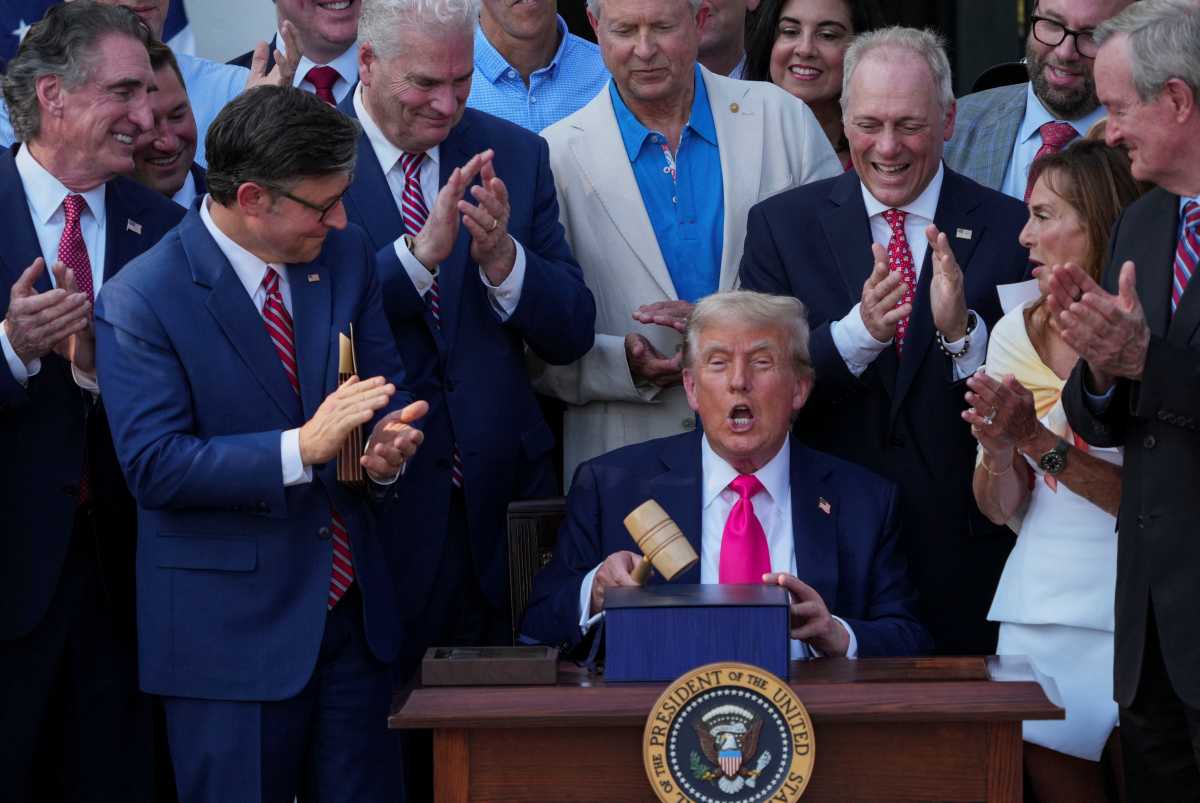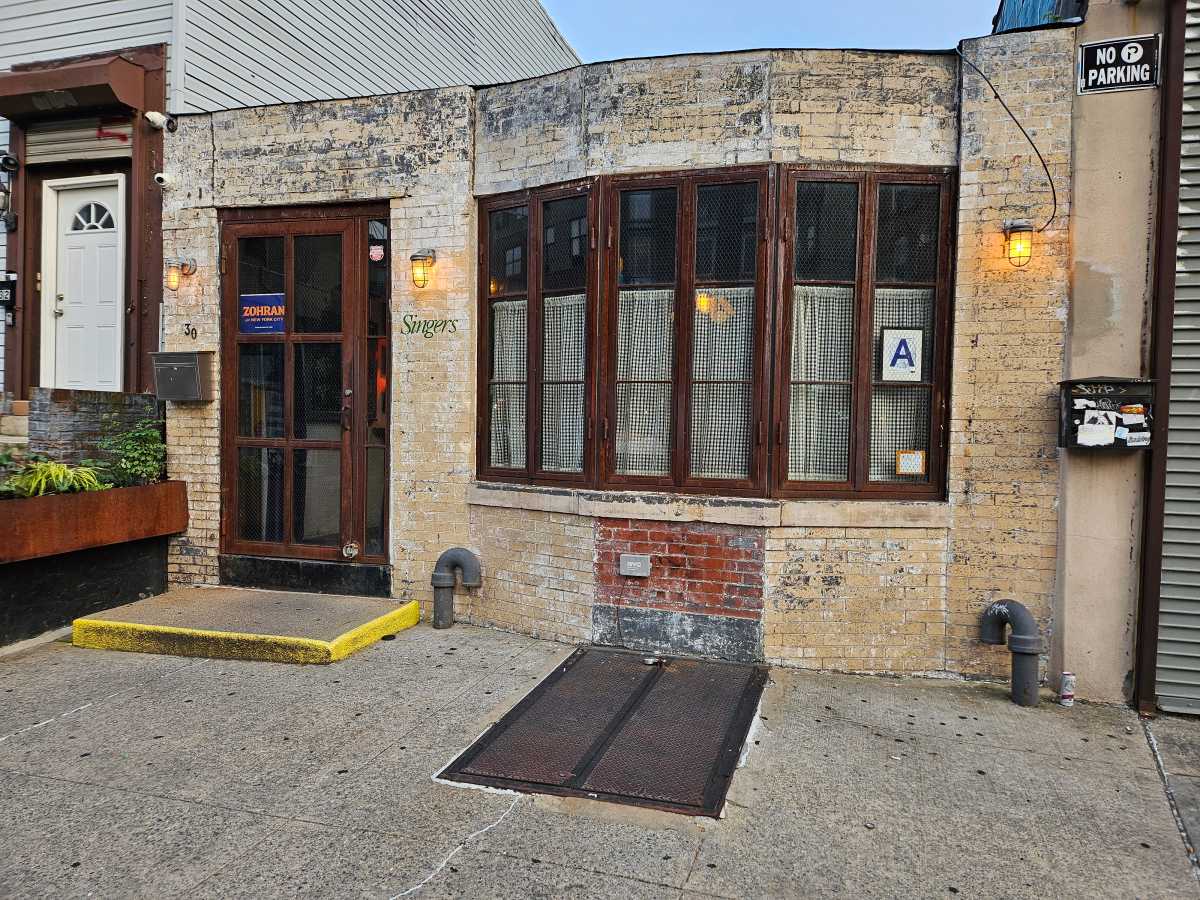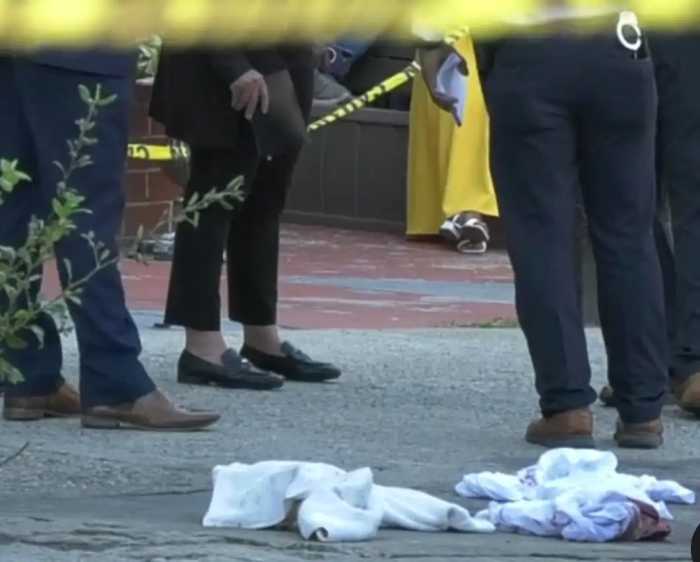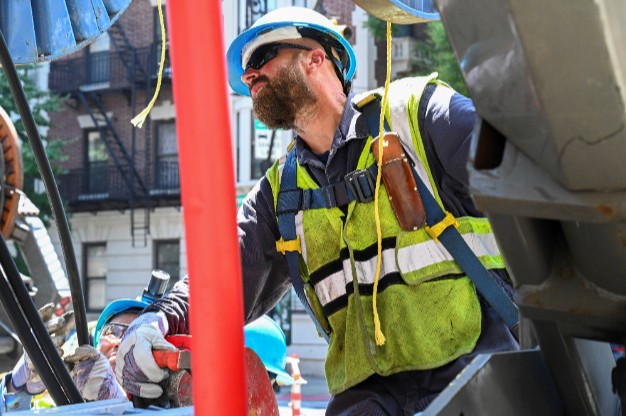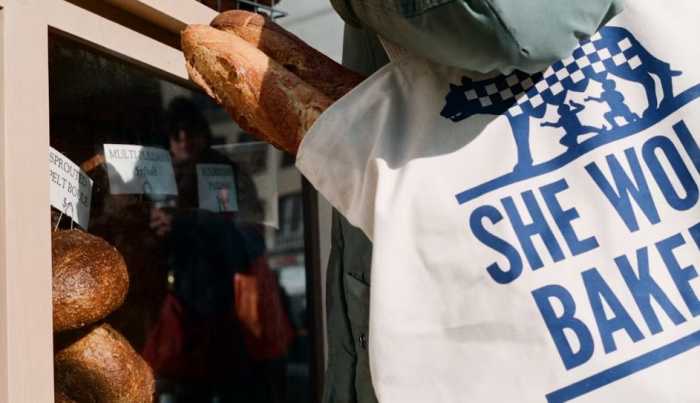By JERRY TALLMER
Anne Aghion is completing her third film on the Rwandan killing fields
There may have been 800,000 slaughtered in the Rwanda genocide of 1994; or there may have been 300,000, or any number in between.
Does it really make any difference? A slaughter is a slaughter, a genocide is a genocide, killing fields are killing fields; you might as well try to count bloody hoes and machetes—favorite Hutu murder weapons—as dead Tutsi sons, daughters, brothers, sisters, wives, husbands, aunts, uncles, grandparents, great-grandparents… statistics, not people.
And when 16,000 of some 100,000 accused killers are released from lockups across the land and trickle back home—back to the fields and hills and grasslands where Hutu and Tutsi lived and still must live side-by- side—what then?
“I didn’t want to do it,” says Abraham Rwamfizi, a man who has admitted to killing a few of his Tutsi in-laws and may have killed dozens of other Tutsis. “I didn’t want to do it. I saved one of the two children.”
“They made you do it,” says a big-eyed, rather clumsy looking Tutsi kid, listening in. “You’re not a bad fellow.” And others echo this nullity. Can’t be helped. Must live with it. Life goes on.
Suddenly a movie-viewer thinks, “The whole of Rwanda, all these bloody or bloodied people, are stoned. Benumbed. Post-traumatized.”
The Rwandans, Hutu and Tutsi, are saying these things into the camera and microphones of a small crew headed by producer/director Anne Aghion. In New York for a while before another working trip in Rwanda, she turns out to be a buoyant, vital, dark-haired East Village resident who was born in Paris, and whose two unpretentious films about Rwanda cover ground not covered in, for instance, the somewhat bigger-budget “Hotel Rwanda.”
“You’re right,” Anne Aghion said over a cup of coffee. “I think they very often are like a people stoned. I agree. I’m not a trauma expert, but experts watching these films see signs of very basic trauma. I think these people in Rwanda are exhausted.
“What’s interesting,” she continued, “is that a few weeks ago I went to show the films in Haiti, a poor, traumatized country. But the people there were incredibly full of energy, in total contrast with Rwanda.
“You have to remember that Rwanda’s a very particular situation. There’s never going to be a Hutu land and a Tutsi land. There’s Rwanda, and that’s very different. Other than that, the mechanism [of the Rwanda genocide] was very similar to what happened in the Holocaust.”
Aghion’s films are “Gacaca: Living Together Again in Rwanda” (2002) and “In Rwanda We Say: The Family That Does Not Speak Dies” (2004). Gacaca (Ga–CHA–cha) was and is the name of a system of investigative, pre-prosecution community hearings throughout the Ntongwe district of Gitarama prefecture.
A third Rwanda film by her—concentrating on the trials themselves—is just about to get under way. She estimates it’ll take four trips and 15 weeks to shoot. Then comes the editing. Fifty or 60 hours of footage had to be boiled down to 52 minutes for film number one. Seventy hours were cut to 55 minutes for number two.
Her crews consist of a sound person from New York, two camera people (one a Rwandan), an interpreter/driver and Aghion herself, who speaks no Kinyarwanda, one of the official languages.
For all that, she added—with good humor and a touch of American slang—“I’ve become an important person in that little neck of the woods. I think the people there are happy to talk with me; are honored that we’re working on this. Of course some of them also get very angry.”
She deliberately—“by a process of elimination”—picked an area in Rwanda that was farther away from the main roads or media exposure. How many people were killed right there?
“Not very many, but I don’t think I can answer that question with any accuracy. There are about a hundred districts in the country, and in Ntongwe, which is smaller than a U.S. state, the population today is 55,000.” A good guess on the number killed throughout Ntongwe would, she said, be 25,000 to 30,000.
Of those, how many Hutu, how many Tutsi?
“I don’t have a clue. Before the genocide, one’s ethnic group was printed on one’s I.D. card, but that aided the genocide and has now been abolished. This Hutu/Tutsi business is a very interesting thing. It’s not—how do I say this?—even Rwandans make mistakes in trying to identify one another.”
One remembers a long-ago film called “King Solomon’s Mines” in which the Tutsi were all as tall as basketball players, or taller.
Aghion has never seen that movie, but yes, “the prototypical Tutsis are as tall as basketball players—except that, because of intermarriage, some Hutus are very tall as well.”
There is of course a sociological and historical background here.
“When the Germans were driven out in World War I, the Belgians, who came in and took over, found a very complex social situation,” Aghion explained. “The Tutsis were pretty much chiefs, but not always. The Belgians said: ‘Let’s simplify things. Let’s have the Tutsis run the place.’ They beat the Tutsis into running the place, and the Tutsis beat the Hutus.
“The Belgians had brought in the Catholic Church, and then in the 1950s the Belgians and the Catholic Church changed gears overnight. They decided you can’t have a minority [the Tutsis] running a majority [the Hutus]. They started denigrating the Tutsis, and in all this the Catholic Church played a very ugly role, working with the [anti-Tutsi] militia.
“The first pogroms—the first massacres—were in 1959, and 35 years later led to the genocide—mainly in one direction [Hutus killing Tutsis].”
During all her time in Rwanda, Aghion never felt physically threatened. “Never … never.”
Her three films about Rwanda come bracketed between “Se le Movio el Piso” (“The Earth Moved Under Him”), a 1990s portrait of “various layers of destruction” in Managua, Nicaragua, 25 years after the 1972 earthquake, and the movie she will make after her third Rwandan film—a documentary about Antarctica toward which she’s just been awarded a Guggenheim Fellowship.
The name Aghion stems from the Sephardic. Her father, an engineer, was a French Jew who had started life as an Egyptian Jew. Her American mother died when Anne was still a child.
“From a Paris lycée I came to Barnard, where I did four years in two and a half years, got a B.A. in Arabic, then lived in Cairo for a couple of years, then back to Paris for eight or 10 years, working for The New York Times and the Herald Tribune on the news side and the business side,” Aghion said.
It was the esteemed filmmaker Richard Leacock who gave Aghion her first movie camera—“and it got stolen.” But she had decided to make a film—the one on Guatemala—“and I did. It was seen by about 500 people, but it got a prize at the Havana Film Festival, and I’m very proud of it.”
How do you jump from Rwanda to Antartica?
“By taking a cheap berth on a cruise ship from southern Chile, around 10 years ago—a ship on which five scientists heading back for Antarctica were hitching a ride. I spent 10 days listening to their stories, and helped them unload their two tons of gear and all that stuff. I want to make a film about what motivates a person to make that choice—and once they make that choice, how do they deal with it?”
We know how Anne Aghion deals with it. She makes movies.
WWW Downtown Express














